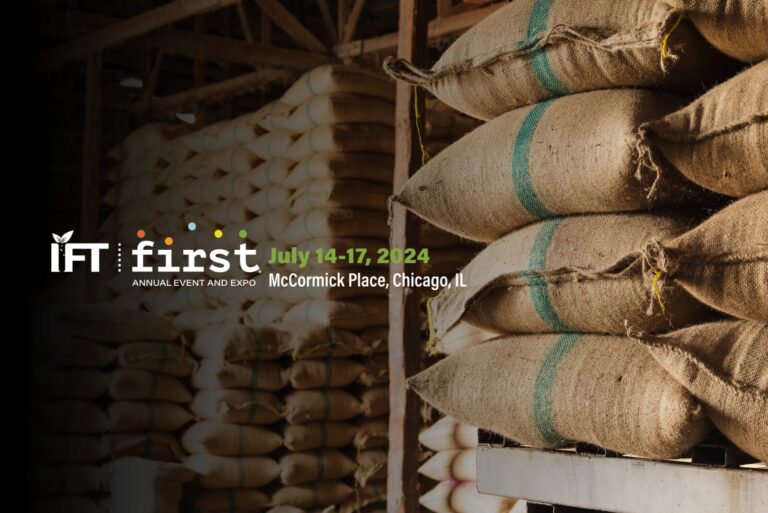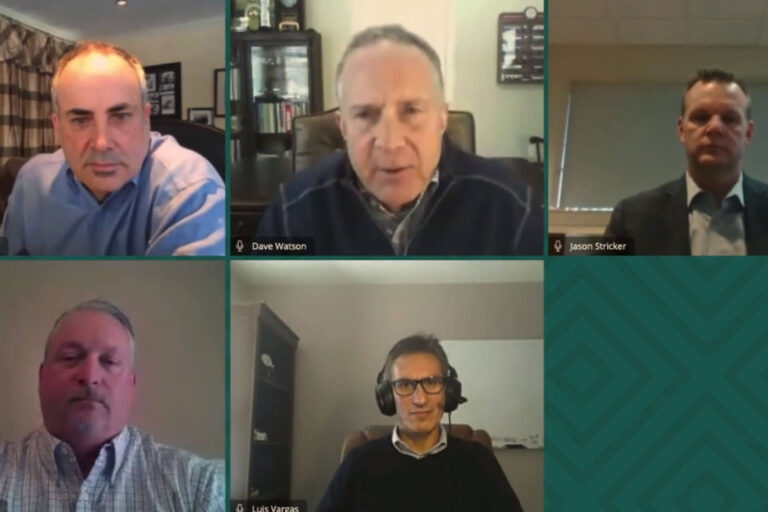CLAREMONT, CA – With cyberattacks and security threats on the rise, it’s more important than ever for manufacturers and supply chain leaders to address vulnerabilities in their supply chains to reduce their risk of disruption.
“Supply chains today are deeply interconnected through ERP systems, IoT devices and extensive networks of suppliers, contractors and service providers,” said Lisa Anderson, president of LMA Consulting Group and a leader in manufacturing and supply chain strategy. “A single weak link can expose the entire supply chain to significant risks, which is why it’s crucial for companies to proactively assess and secure their end-to-end operations.”










